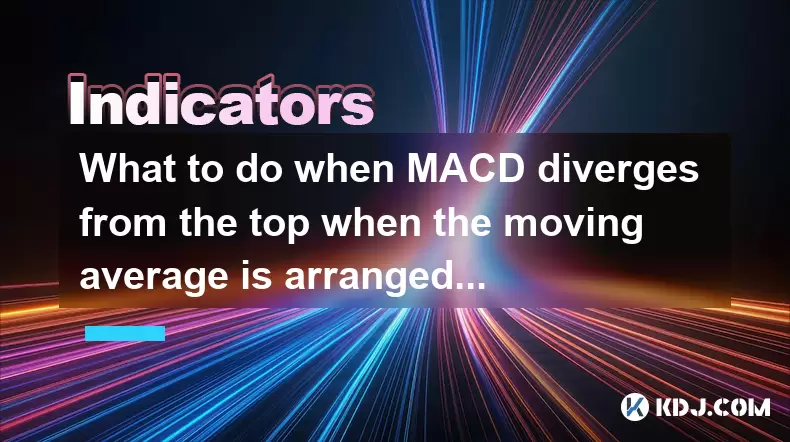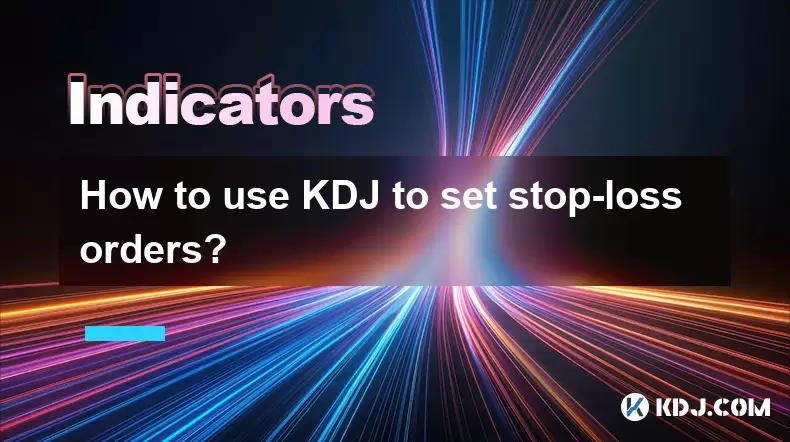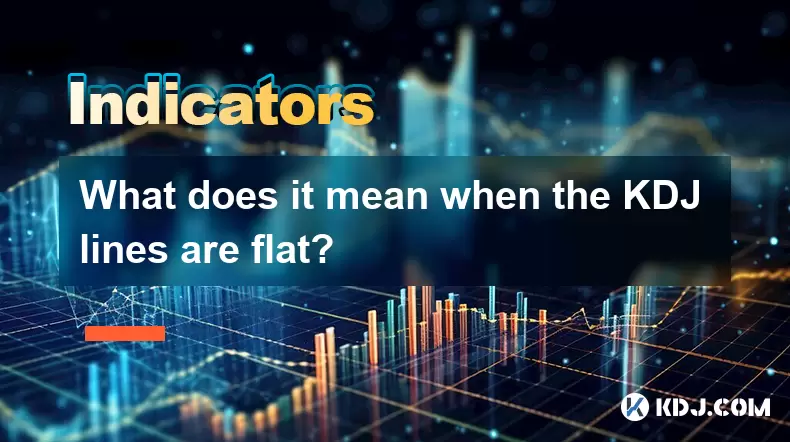-
 Bitcoin
Bitcoin $114700
-3.36% -
 Ethereum
Ethereum $3619
-6.51% -
 XRP
XRP $2.926
-7.66% -
 Tether USDt
Tether USDt $0.9998
-0.02% -
 BNB
BNB $768.6
-4.90% -
 Solana
Solana $168.2
-7.52% -
 USDC
USDC $0.9999
0.00% -
 Dogecoin
Dogecoin $0.2045
-9.02% -
 TRON
TRON $0.3243
-0.27% -
 Cardano
Cardano $0.7208
-8.45% -
 Hyperliquid
Hyperliquid $39.74
-9.17% -
 Stellar
Stellar $0.3882
-8.79% -
 Sui
Sui $3.481
-11.93% -
 Chainlink
Chainlink $16.52
-9.04% -
 Bitcoin Cash
Bitcoin Cash $556.7
-4.79% -
 Hedera
Hedera $0.2444
-11.40% -
 Avalanche
Avalanche $21.96
-8.51% -
 Ethena USDe
Ethena USDe $1.001
-0.02% -
 UNUS SED LEO
UNUS SED LEO $8.950
0.15% -
 Toncoin
Toncoin $3.425
-2.33% -
 Litecoin
Litecoin $104.4
-5.94% -
 Shiba Inu
Shiba Inu $0.00001212
-7.49% -
 Polkadot
Polkadot $3.630
-6.98% -
 Uniswap
Uniswap $9.165
-10.12% -
 Monero
Monero $306.8
-3.10% -
 Dai
Dai $0.9999
-0.01% -
 Bitget Token
Bitget Token $4.360
-3.43% -
 Pepe
Pepe $0.00001049
-9.59% -
 Cronos
Cronos $0.1352
-8.67% -
 Aave
Aave $256.5
-8.03%
What to do when MACD diverges from the top when the moving average is arranged in a bullish pattern?
In a bullish moving average setup, a bearish MACD divergence signals weakening momentum, warning of a potential pullback despite the uptrend.
Jul 30, 2025 at 12:15 am

Understanding MACD Divergence in a Bullish Moving Average Context
When the moving averages are arranged in a bullish pattern—typically meaning the short-term moving average is above the long-term moving average—it signals an uptrend in the asset’s price. However, if the MACD (Moving Average Convergence Divergence) begins to show divergence from the price at the top, it suggests a weakening momentum despite the bullish structure. This scenario occurs when the price makes a higher high, but the MACD histogram or line forms a lower high. This is known as a bearish divergence. Even in a bullish moving average setup, such a divergence warns that upward momentum may be fading. Traders must interpret this signal carefully, as it does not immediately negate the trend but indicates a potential reversal or pullback.
Confirming the Validity of the Divergence Signal
Before taking action, traders should confirm that the divergence is genuine and not a false signal. To do this:
- Ensure the price chart shows a clear higher high, particularly after a sustained move up.
- Check the MACD histogram to see if its peak is lower than the previous peak, even as the price rises.
- Verify that the MACD line (the faster line) fails to surpass its prior high, while the signal line remains below it.
- Use volume analysis to assess whether the latest price high is supported by strong buying volume. A high on low volume strengthens the divergence case.
- Apply horizontal trendlines on the MACD to visually confirm the downward-sloping momentum peak.
Only when multiple elements align should the divergence be considered valid. A single candlestick or minor fluctuation in the MACD is insufficient to act upon.
Assessing Market Structure and Trend Strength
Even with a bearish MACD divergence, the presence of a bullish moving average alignment—such as the 50-period MA above the 200-period MA (a golden cross)—suggests the broader trend remains intact. In such cases, the divergence may indicate a temporary exhaustion rather than a full reversal. Traders should evaluate:
- The degree of slope in the moving averages; steeper slopes suggest stronger momentum.
- Whether the price is trading above key dynamic support levels, like the 20 EMA or 50 SMA.
- If the asset is in a parabolic rise, which often precedes sharp corrections even in strong trends.
In a strong uptrend, bearish divergences can persist over several price peaks before a reversal actually occurs. This phenomenon is sometimes called extending divergence. Therefore, the context of trend strength determines whether the divergence is a warning or a potential entry point for trend continuation.
Strategic Responses to Top Divergence in a Bullish Setup
When divergence appears at the top in a bullish moving average environment, several tactical responses are available:
- Reduce long exposure: Traders holding long positions may consider taking partial profits to lock in gains, especially near key resistance levels.
- Avoid new long entries: Even if the trend is up, initiating new longs at this point carries elevated risk due to weakening momentum.
- Set tighter stop-loss orders: Move stop-loss levels closer to the entry price to protect against sudden reversals.
- Watch for bearish confirmation patterns: These include bearish engulfing candles, dark cloud cover, or a close below a recent swing low.
- Monitor the MACD crossover: A bearish crossover (MACD line crossing below the signal line) following the divergence adds weight to the reversal signal.
These actions help manage risk without prematurely exiting a potentially ongoing uptrend.
Using Additional Indicators to Filter the Signal
To increase the reliability of the MACD divergence signal, traders should incorporate complementary technical tools:
- RSI (Relative Strength Index): Check for overbought conditions (above 70) coinciding with the divergence. A bearish RSI divergence strengthens the case.
- Stochastic Oscillator: Look for a failure swing or bearish crossover in overbought territory.
- Volume Profile: Identify if the current price zone lacks significant historical volume, indicating weak support.
- Fibonacci extensions: Determine if the price is approaching a 1.618 or 2.618 extension level, where reversals are more likely.
- Price action patterns: Watch for double tops, head and shoulders, or shooting star candles forming at the top.
Combining these tools with the MACD divergence and moving average context creates a multi-layered analysis that reduces false signals.
Executing a Trade Plan Based on the Setup
If the divergence is confirmed and supported by other indicators, a structured trade plan can be implemented:
- Short-term traders might initiate a small short position with a tight stop above the recent high.
- Swing traders may wait for a confirmed breakdown below a short-term trendline or moving average before acting.
- Position sizing should reflect the uncertainty—smaller positions are advisable due to the conflicting signals (bullish structure vs. bearish momentum).
- Take-profit levels can be set at prior support zones, Fibonacci retracement levels (e.g., 50% or 61.8%), or areas of high volume.
- Trailing stops can be used to exit gradually if the price continues upward despite the divergence.
The key is to remain flexible and responsive to new price action rather than rigidly adhering to a single signal.
Frequently Asked Questions
Can MACD divergence occur in a strong uptrend without leading to a reversal?
Yes, MACD divergence can persist for extended periods in strong trending markets. This is known as hidden or extending divergence, where momentum temporarily weakens but the trend resumes. It does not always result in a reversal, especially if the moving averages remain strongly aligned and volume supports higher prices.
Should I close all long positions when MACD shows top divergence?
No, closing all long positions is not mandatory. Instead, consider scaling out of the position or tightening risk controls. The bullish moving average setup suggests the trend is still valid, so a full exit may lead to missed upside. Use divergence as a caution signal, not an automatic sell trigger.
How long can a bearish MACD divergence last before a reversal happens?
There is no fixed duration. Some reversals occur immediately after divergence, while others take dozens of candles to materialize. The timing depends on market context, volume, and external catalysts. Patience and confirmation are essential.
Does the MACD setting affect divergence reliability?
Yes, the default (12, 26, 9) settings are standard, but adjusting them can change sensitivity. Shorter periods (e.g., 8, 17, 9) may generate more frequent divergence signals but increase false positives. Stick to default settings unless backtesting confirms an alternative improves accuracy.
Disclaimer:info@kdj.com
The information provided is not trading advice. kdj.com does not assume any responsibility for any investments made based on the information provided in this article. Cryptocurrencies are highly volatile and it is highly recommended that you invest with caution after thorough research!
If you believe that the content used on this website infringes your copyright, please contact us immediately (info@kdj.com) and we will delete it promptly.
- Australia vs Lions: Unleashing Betting Offers and Free Bets for the Thrilling Finale
- 2025-08-01 16:30:11
- Bitcoin, Satoshi, and the Echoes of Ancient Wisdom in DeFi
- 2025-08-01 16:50:12
- ONDO Tokens: Could They Mint the Next Crypto Millionaires?
- 2025-08-01 16:30:11
- Satoshi, Meme Coins, and Substance: A New Era?
- 2025-08-01 16:50:12
- Decoding the Roar: Australia, the Lions, and the Betting Odds
- 2025-08-01 16:55:48
- Bitcoin Price Plummets Amid Trump Tariffs: A Market Sell-Off Deep Dive
- 2025-08-01 16:55:48
Related knowledge

How does the KDJ indicator apply to decentralized finance (DeFi) tokens?
Aug 01,2025 at 04:43pm
Understanding the KDJ Indicator in Technical AnalysisThe KDJ indicator is a momentum oscillator derived from the Stochastic Oscillator, widely used in...

What is the difference in KDJ signal interpretation between a trending and a ranging market?
Aug 01,2025 at 03:56pm
Understanding the KDJ Indicator in Cryptocurrency TradingThe KDJ indicator is a momentum oscillator widely used in cryptocurrency trading to identify ...

Does the KDJ indicator work well for low-liquidity crypto assets?
Aug 01,2025 at 02:01pm
Understanding the KDJ Indicator in Cryptocurrency TradingThe KDJ indicator is a momentum oscillator derived from the Stochastic Oscillator, widely use...

How to use KDJ to set stop-loss orders?
Aug 01,2025 at 04:28pm
Understanding the KDJ Indicator in Cryptocurrency TradingThe KDJ indicator is a momentum oscillator widely used in technical analysis within the crypt...

What does it mean when the KDJ lines are flat?
Aug 01,2025 at 03:22pm
Understanding the KDJ Indicator in Cryptocurrency TradingThe KDJ indicator is a momentum oscillator widely used in cryptocurrency technical analysis t...

How to use MFI to find potential entry and exit points in crypto?
Aug 01,2025 at 02:35pm
Understanding the MFI Indicator in Cryptocurrency TradingThe Money Flow Index (MFI) is a momentum oscillator used to measure the strength and directio...

How does the KDJ indicator apply to decentralized finance (DeFi) tokens?
Aug 01,2025 at 04:43pm
Understanding the KDJ Indicator in Technical AnalysisThe KDJ indicator is a momentum oscillator derived from the Stochastic Oscillator, widely used in...

What is the difference in KDJ signal interpretation between a trending and a ranging market?
Aug 01,2025 at 03:56pm
Understanding the KDJ Indicator in Cryptocurrency TradingThe KDJ indicator is a momentum oscillator widely used in cryptocurrency trading to identify ...

Does the KDJ indicator work well for low-liquidity crypto assets?
Aug 01,2025 at 02:01pm
Understanding the KDJ Indicator in Cryptocurrency TradingThe KDJ indicator is a momentum oscillator derived from the Stochastic Oscillator, widely use...

How to use KDJ to set stop-loss orders?
Aug 01,2025 at 04:28pm
Understanding the KDJ Indicator in Cryptocurrency TradingThe KDJ indicator is a momentum oscillator widely used in technical analysis within the crypt...

What does it mean when the KDJ lines are flat?
Aug 01,2025 at 03:22pm
Understanding the KDJ Indicator in Cryptocurrency TradingThe KDJ indicator is a momentum oscillator widely used in cryptocurrency technical analysis t...

How to use MFI to find potential entry and exit points in crypto?
Aug 01,2025 at 02:35pm
Understanding the MFI Indicator in Cryptocurrency TradingThe Money Flow Index (MFI) is a momentum oscillator used to measure the strength and directio...
See all articles

























































































